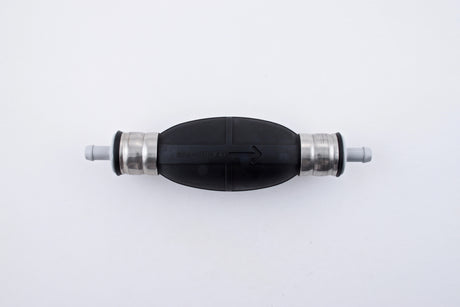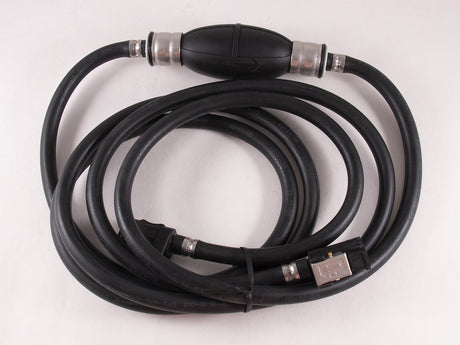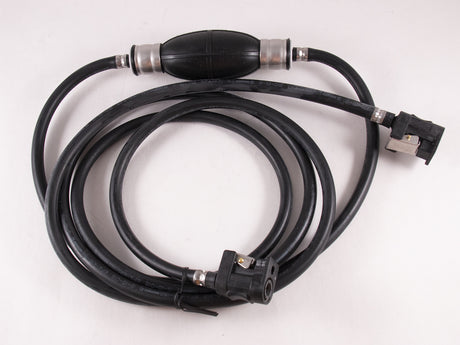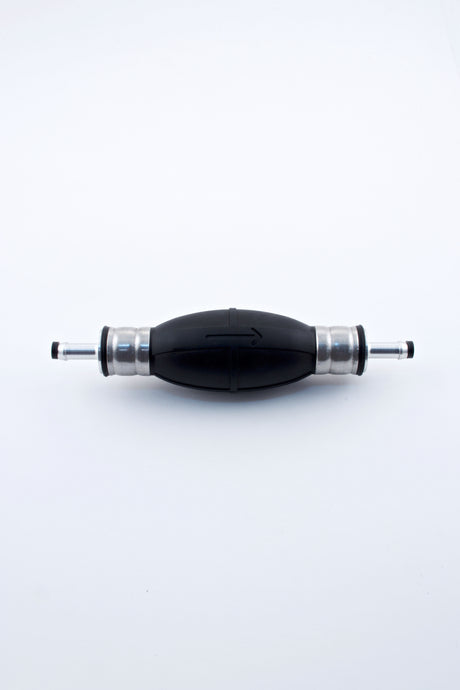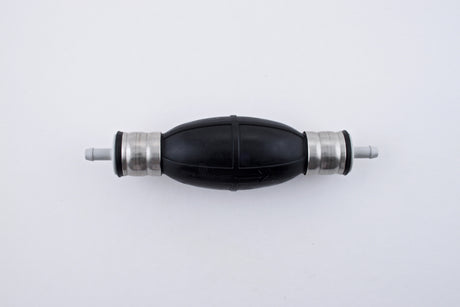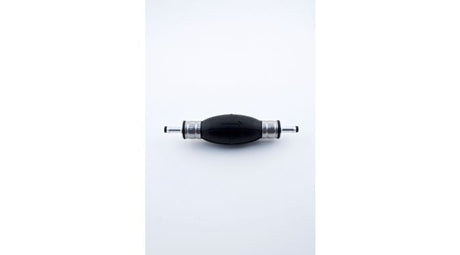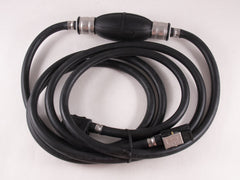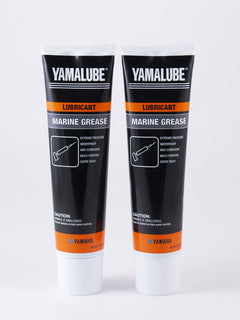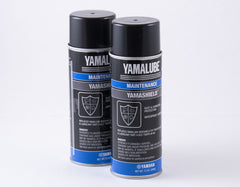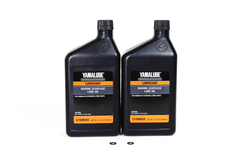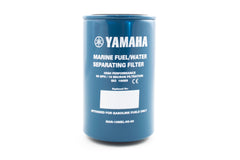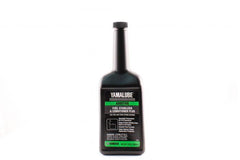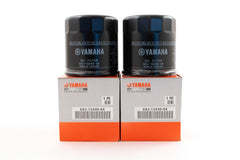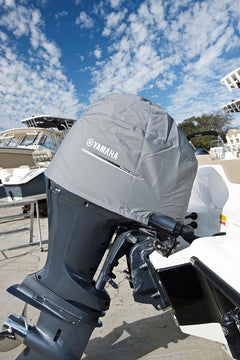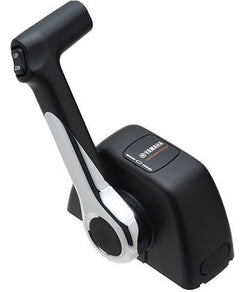Yamaha
Yamaha 6YK-24360-73-00 - Fuel Primer Pump Bulb 8mm - 6YK-24360-72-00
$34.67 USD$37.90 USDUnit price /UnavailableYamaha
Yamaha 6YK-24306-64-00 - Fuel Line Assembly - 9.8' - 8mm Inner Diameter
$75.77 USD$81.20 USDUnit price /UnavailableYamaha
Yamaha 6YL-24306-64-00 - Fuel Line Assembly - 9.5' - 6mm Inner Diameter
$76.05 USD$83.30 USDUnit price /Unavailable-
 Shop Now
Shop NowYamaha Spring Essentials
Yamaha
Yamaha 6AW-24360-01-00 - F250 F300 F350 - 8mm - Primer Pump Assembly
$41.17 USD$44.50 USDUnit price /UnavailableYamaha
Yamaha 6YL-24360-63-00 - 6mm Fuel Primer Bulb Assembly
$36.26 USD$39.70 USDUnit price /Unavailable
Yamaha Primer Bulbs
It is necessary to have a functioning primer bulb for an outboard engine to work properly. The Yamaha Primer Bulb is designed to pump fuel into the carburetor or injectors when the engine is first activated. YamahaOnlineParts.com provides a selection of approved Yamaha primer bulbs to keep your Yamaha outboard motor's fuel system in top condition and extend its lifespan.
In addition to Yamaha primer bulbs, we’re proud to offer a complete selection of Yamaha OEM parts and accessories.
Yamaha Primer Bulbs FAQs
What are common Yamaha outboard engine fuel system issues?
Malfunctioning of the fuel system is one of the most frequent issues your Yamaha outboard motor encounters. Signs that something is wrong can include a temporary power cut, lack of efficiency, and an all-out motor breakdown.
- Ethanol gasoline: It is essential to use premium-grade low-ethanol gasoline for your Yamaha outboard motor, as ethanol can draw in water, leading to fuel dilution through "phase separation". Moreover, ethanol gasoline can also clutter fuel lines and fuel system parts on account of the additional components utilized. To stop these issues, it is recommended to make use of a superior quality fuel stabilizer consistently.
- Fuel lines: Examine your fuel lines for any ruptures or seeps. If you find any, discontinue the use of your engine and switch out the elements that need to be changed. Make sure to check any fuel hoses that have an inside lining as well.
- Fuel filters: Yamaha's fuel filter is intended to capture any small particles and pollutants that have infiltrated the fuel system. Ensure that your fuel filters are regularly swapped out to make sure your fuel flows smoothly.
- Fuel pump: If a Yamaha fuel pump is not performing to its optimum, it can have a negative impact on the engine's output and, if not addressed quickly, will cause harm to other parts. To prevent further harm, it is recommended to replace the fuel pump and any tubes that may have been damaged as a result.
How do I perform maintenance on my Yamaha outboard fuel system?
Taking care of the Yamaha fuel system is an essential part of the 100-hour service. If you have a fuel-water separating filter in your boat, which will depend on the application and type of boat, you just need to track the fuel line from the engine rigging tube to the back of the boat. These filters come in different shapes and brands, so make sure to get the same exact replacement. Use a filter wrench to loosen the existing filter and be careful when handling it since it will be filled with gasoline.
It is beneficial to put the filter into a transparent container made of glass or plastic to observe the content. There is usually some dirt and some water in the filter after the fuel has settled. If there is an excessive amount of water, further research is required. If the filter's position permits, add some petrol to the new filter to make refueling simpler. Additionally, it is recommended to use a small amount of grease to grease the o-ring before installation. Spin it loosely and twist it by hand approximately half a turn to make it tight.
Get back to the engine to spot the filter element in the transparent plastic container on the front of the block. Depending on the model of the engine, the filter cup might be removed utilizing either a special cup wrench or regular tools with some caution. If necessary, disconnect the water-in-fuel sensor and unscrew the cup from the compartment. Again, empty the contents into the transparent container and investigate the fuel. If there was no water in the main water separator, the filter should be dry too. Inspect the o-ring on the top of the filter cup and lightly lubricate it for easier installation or change it if necessary.
Put in a new filter and affix the cup back in place. Utilize the cup wrench to make it secure. Spot the primer bulb on your engine and use the primer to force the fuel system. You should be able to see gasoline flowing into the filter cup. Inspect for any drips and press the primer until the bulb turns rigid. A tip: primers work best when the arrow is facing upwards, so utilize any additional hose in the line to help adjust the bulb vertically.
What are the symptoms of a bad fuel pump on my Yamaha outboard motor?
If you're unable to hear the sound of your Yamaha fuel pump when you attempt to start your engine, it might be due to a problem with the battery. To be sure, you should inspect the battery, and depending on other signs you're experiencing, you can use one of our convenient guides to troubleshoot other systems. However, if you don't hear that motorized sound, it's a good indication that the fuel pump may not be working correctly.
In addition to being indicative of a malfunctioning fuel pump, sputtering or misfiring can also be caused by a blocked fuel filter that hinders the required flow. For this reason, it is important to inspect the Yamaha fuel system in its entirety to make sure that all clogs and obstructions have been identified and addressed. Our Yamaha and Mercury troubleshooting guides explain which parts of the fuel system should be checked.
How do you prevent Yamaha outboard motor fuel pump problems?
It's essential to carry out necessary engine maintenance as specified by the manufacturer. Our guides for Yamaha outboard motor maintenance present a basic list of tasks to complete, including inspecting all parts for any cracks, leaks, or other indicators of damage and wear.
In general, fuel pumps should be changed when they are no longer functioning correctly, however, Yamaha suggests that outboard fuel pumps should be replaced every three years.
Through consistent upkeep, having the correct Yamaha outboard service kit, and the ideal selection of tools, most outboard problems can be totally avoided. Even so, there are some precise methods to maintain your outboard motor's fuel system in optimal condition.
Furthermore, the use of Yamalube fuel additives is essential because the use of ethanol gasoline is not ideal for maritime conditions. Due to the usual activities of boating, the fuel is more likely to come in contact with water droplets, which bind to ethanol and produces a sludge-like material that is heavier than the remaining gasoline. This then falls to the base of the fuel tank. If your Yamaha outboard fuel system ingests this, it can cause blockages. Utilizing fuel stabilizers can help to sustain the longevity of your engine.
How do I choose the right marine fuel for my Yamaha outboard engine?
Choosing the proper fuel for your Yamaha outboard engine is important to assure dependable and maximum performance while out on the water.
If you use the incorrect type of fuel for your boat's engine, it can lead to a significant destruction of the engine parts and the boat's fuel system. This is because the various models and brands of outboard engines need distinct types of fuel.
Many boaters may be perplexed when deciding which type of boat fuel will work best for their motor. Picking between different ethanol concentrations, blending oil with fuel, and even utilizing diesel can be very confounding.
The following are the most common types of marine fuels for your boat:
- Ethanol-Free Gasoline
- E10 Fuel
- E15 Fuel
- Oil and Gas Mixtures
- Diesel Fuel
- Marine Gas Oil (MGO) and Marine Diesel Oil (MDO)
What is marine fuel?
Marine Gasoil is created by combining a variety of distillates. These distillates are fragments of crude oil which are separated out when it is distilled and converted from a gas to a liquid. This type of fuel is similar to diesel, but its density and how it is stored is not the same.
Ethanol-free fuel is available in multiple octane ratings. REC-90 is designed for boaters and engines which could be damaged by the ethanol present in other gasoline mixtures. This is an unleaded, 90-octane blend that does not contain any ethanol.

